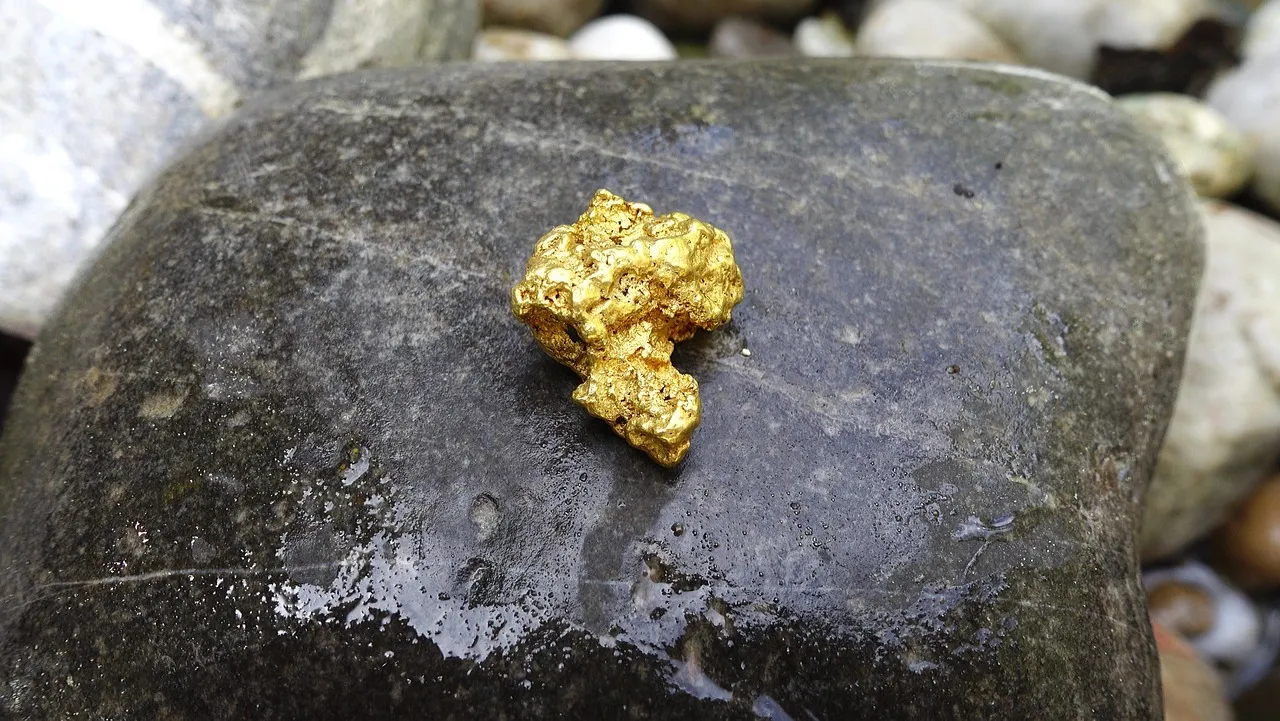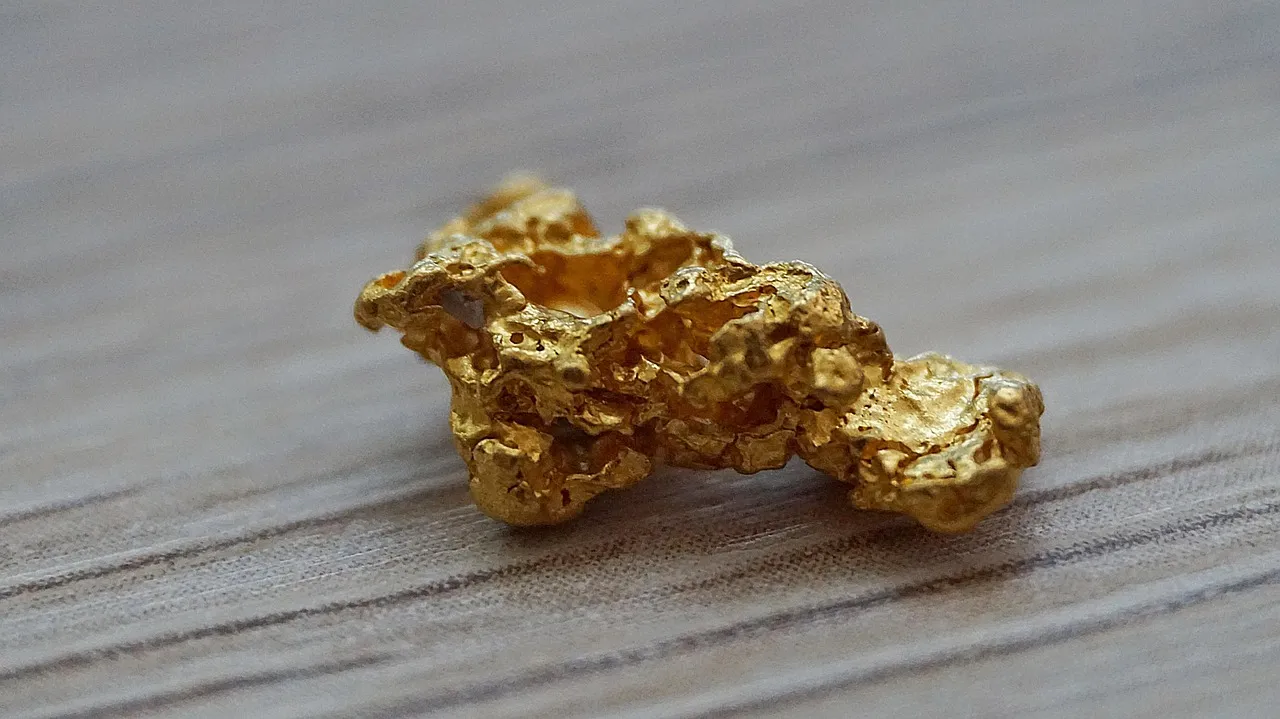Gold IRA: What You Need to Know About Fees and Hidden Expenses

A Gold IRA can be a powerful protection against inflation, but we must mention that it’s also one of the most expensive retirement accounts to maintain.
In fact, while most investors focus on gold’s stability, few realize how easily annual fees, storage expenses, and dealer markups can erode long-term gains. For example, a $50,000 Gold IRA can generate over $2,500 in cumulative fees within the first five years, often without the investor even noticing.
Compared to a traditional IRA, where assets are held electronically, a Gold IRA involves physical metals that must be stored, insured, and verified by a qualified custodian. Each step introduces new costs, including setup fees, ongoing custodian management, vault storage, and occasionally, liquidation or shipping charges.
Understanding this full cost structure before you invest is critical.
This is the reason why in this guide, we’ll analyze each expense category, show you where hidden fees typically appear, and provide concrete ways to keep your annual costs under control while maximizing long-term returns.

Key Takeaways:
- Transparency is non-negotiable. Work only with custodians who disclose every fee in writing, including setup, storage, and exit costs.
- Storage decisions impact profits. Commingled storage is cheaper, but segregated storage offers higher security and clearer ownership documentation.
- Dealer markups matter. Premiums can range from 2% to 8% on bullion and up to 20% on numismatic coins; always request written quotes.
- Keep your total annual percentage cost (TAPC) below 1.2%. This threshold ensures your Gold IRA remains cost-efficient even when gold prices stagnate.
Breakdown of Gold IRA Costs
Gold IRA costs fall into two main categories: one-time setup expenses and ongoing maintenance fees.
Both can significantly affect your net returns:
1. Setup Fees & Dealer Premiums
Opening a self-directed Gold IRA typically incurs a one-time setup fee from your custodian, usually between $50 and $250. In addition, most precious metal dealers apply a markup “premium” of 2%–8% over the spot price of gold, depending on the product and market demand. Numismatic coins or proof editions often have even higher premiums, sometimes exceeding 15%, a cost many investors overlook.
2. Annual Maintenance Fees
Custodians charge yearly administrative fees to manage your account, handle reporting, and ensure IRS compliance. These fees generally range from $80 to $300 per year, though some firms charge a flat rate while others scale with account value. It’s crucial to verify whether the fee includes transaction processing or if each trade triggers an additional charge.
3. Storage Costs
The IRS mandates that Gold IRA assets be stored in an approved depository such as Delaware Depository, Brinks, or IDS of Texas.
- Commingled storage (shared vault) typically costs 0.5%–0.8% of asset value per year.
- Segregated storage (private vault compartment) can reach 1%–1.2% annually but offers higher security and clearer ownership documentation.
Insurance and audit costs are often embedded in these fees, but should always be confirmed in writing.
4. Selling & Liquidation Fees
When you sell or take distributions, expect 1%–3% in transaction fees, depending on the custodian. Some firms also charge a $50–$150 account closure fee when liquidating entirely or transferring assets to another custodian.
Knowing these costs in advance lets you estimate your break-even point, the gold price increase needed to offset expenses, before you commit funds.
For instance, a $100,000 Gold IRA can cost roughly $900–$1,200 annually, meaning gold must rise by at least 1%–1.2% each year just to maintain value.
Common Hidden Fees Associated with Gold IRAs
Hidden fees are the real profit killer in most Gold IRAs, and they’re often buried deep in the fine print.
Even if your custodian advertises “low annual fees,” the real costs may come from markups, liquidation spreads, and administrative extras that gradually eat into your returns.
1. Dealer Markups
Every Gold IRA purchase includes a dealer premium, which is a markup over the spot price of gold. For standard bullion coins, this premium typically ranges from 2% to 8%, while proof or numismatic coins can reach 15–20%. Many investors don’t realise this premium is already baked into their purchase price.
For this reason we advice you to always ask your dealer to specify both the spot price and the premium percentage before wiring funds.
2. Liquidation & Buyback Fees
When you sell your metals or take distributions, custodians and dealers may charge a 1–3% liquidation fee, or offer buyback prices below market value. These costs are rarely highlighted upfront. In one IRS-reported case, an investor lost more than $10,000 in hidden liquidation spreads simply because they didn’t confirm the exit fees in advance.
3. Storage & Insurance Add-ons
Depositories often quote a flat storage rate but later include insurance, auditing, or access fees as separate line items. For example, an extra 0.1–0.2 % annual insurance charge on a $100,000 account equals another $100–$200 per year. Over a decade, that’s several thousand dollars in silent costs.
4. Administrative & Transfer Charges
Wire transfers, paper statements, or account inactivity can each trigger $25–$75 fees. While they appear minor, these charges accumulate and reduce net performance, especially if gold prices stay flat for years.
5. Exit Costs
Closing or transferring your Gold IRA can cost $50–$150 plus shipping or liquidation expenses. These “goodbye fees” often appear only in the fine print of your custodial agreement.
Our advice: Before you open an account, demand a full written fee schedule that lists every potential charge, including exit and liquidation costs. Compare at least three custodians side by side and calculate how their total annual percentage cost affects your returns. This single step can save you hundreds or even thousands of dollars over the life of your investment.
How to Compare Gold IRA Providers

Choosing the right Gold IRA provider can easily make the difference between a secure investment and a costly mistake.
On the surface, many companies appear similar; they all advertise “low fees,” “secure storage,” and “fast account setup.” Yet the real differences emerge in the fine print: how they handle pricing transparency, buyback policies, and long-term service.
1. Transparency of Fees
A reputable custodian publishes a complete, itemized fee schedule such as covers setup, annual maintenance, storage, and exit fees. If a provider refuses to disclose all costs in writing, well, it is probably a red flag. Transparent firms such as Equity Trust, Strata Trust, or New Direction IRA typically list these details clearly on their websites.
2. Type of Storage and Insurance Coverage
Confirm where your metals will actually be stored (see the paragraph above about the storage)
3. Buyback and Liquidation Policies
Reliable providers offer guaranteed buyback programs at fair market value, with clearly stated spreads. Avoid companies that make you “call for a quote” or pressure you into numismatic coins, which often carry markups exceeding 15 % and are harder to liquidate.
4. Regulatory Compliance and Track Record
Verify that the custodian is IRS-approved and has a solid record with regulators such as FINRA or the Better Business Bureau (BBB). Search for complaints or enforcement actions; consistent negative patterns are an immediate deal-breaker.
5. Customer Support and Educational Resources
A credible provider invests in investor education: offering guides, webinars, or one-on-one consultations rather than aggressive sales pitches. When you contact their support team, note whether they provide direct, factual answers or scripted marketing responses.
Our Advice: Before signing, request a written sample invoice that shows every line item like setup, storage, insurance, liquidation, and closure.
Then plug those numbers into a simple spreadsheet or calculator to estimate your total annual percentage cost (TAPC). If the all-in cost exceeds 1.5 % of assets per year, you’re likely overpaying.
Case Study: McNulty v. Commissioner (2021)
Andrew and Donna McNulty established a self-directed IRA LLC and used it to purchase American Eagle gold coins, which they kept at their personal residence in a safe.
The IRS determined that this violated IRA custodial rules, which require all IRA-owned precious metals to be held by an IRS-approved depository or trustee—not by the account holder.
In 2021, the U.S. Tax Court ruled that:
“When IRA owners take physical possession of assets held within their IRA, even indirectly through an LLC, they are deemed to have received a taxable distribution.”
As a result, the McNultys were hit with income taxes and early withdrawal penalties, because the court considered the gold to have been “distributed” from the IRA the moment it entered their possession.
Source: https://www.wagnerlawgroup.com/blog/2022/01/tax-court-rejects-aggressive-ira-strategy/
Strategies to Minimize Gold IRA Costs
Even small reductions in annual fees can dramatically improve your Gold IRA’s long-term performance. A disciplined cost-control strategy helps you preserve returns, especially when gold prices move sideways for years. Below are five expert-backed ways to minimize ongoing expenses and protect your capital.
1. Choose a Transparent, IRS-Approved Custodian
Not all custodians disclose their full fee structure upfront. Always request a written, itemized fee schedule that lists setup, maintenance, storage, and exit costs. Reputable custodians such as Equity Trust, Strata Trust, or New Direction IRA provide transparent pricing and avoid markups disguised as service charges. As a general rule, a flat annual administration fee below $300 is considered competitive.
2. Optimize Storage to Match Your Portfolio Size
Storage costs can quietly consume between 0.5% and 1% of assets per year. If your account holds less than $50,000 in metals, commingled storage is usually sufficient and more cost-effective. For larger portfolios or for investors who want full audit transparency, segregated storage offers greater protection despite its higher price. Always verify if insurance, auditing, and access fees are included in the quoted rate, since some depositories add 0.1% to 0.2% annually as hidden extras.
3. Buy in Bulk, but Diversify Smartly
Buying larger quantities of gold can reduce dealer premiums, often by one to three percent per ounce. However, it is unwise to commit all your capital to a single transaction or a single metal. Diversifying across coins, bars, and different mints spreads risk and improves liquidity when it is time to sell.
4. Expand Beyond Gold
Gold is a cornerstone asset, but it should not be your only one. Adding silver, platinum, or palladium can balance your portfolio and stabilize performance during periods when gold prices stagnate. Many custodians allow mixed-metal IRAs under a single annual fee, which helps lower your overall cost per asset.
5. Time Your Trades with Market Indicators
Transaction fees and dealer spreads have a direct impact on your returns. Monitoring the gold-to-silver ratio, interest rate trends, and inflation data can help you identify the best times to buy or sell. Long-term investors can also reduce total costs by limiting trades to one or two per year instead of reacting to short-term fluctuations.
A practical way to evaluate cost efficiency is to calculate your Total Annual Percentage Cost, or TAPC, which includes every expense: custodian fees, storage, insurance, and dealer markups. Keeping your TAPC below 1.2 percent per year generally ensures that your Gold IRA remains cost-effective even when gold prices move sideways.
Conclusion
For updated rules and compliance guidelines, always refer to the official IRS website
Subscribe to get our FREE
GOLD IRA GUIDE
Author

Ignazio Di Salvo
Founder
I have a background in Economics and Business Administration from Bocconi University and a formation in Digital Marketing. I am passionate about investments and I founded BestGoldMoney.com to help individuals make smarter decisions when investing in gold, silver, and other precious metals.